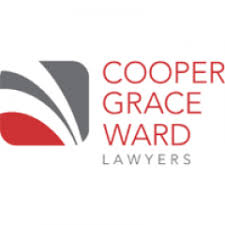|
Session one - 8 September 2021
While the revenue/capital distinction is not new, the ATO, profession and judiciary have been grappling with the topic recently.
In the first session, we will work through a series of case studies to discuss the capital/revenue distinction and how it affects:
- property sales
- share sales
- business sales
- compensation payments
- transactions involving cryptocurrency.
Session two – 16 September 2021
We are seeing the release of related party debts as part of the process of winding up entities or for asset protection purposes. Before releasing debts, it is important that advisers understand whether this will have any adverse tax implications or other flow-on effects.
Also, when clients are thinking about extracting non-assessable amounts, like the cash flow boost, non-assessable capital gains and other accounting gains, from their entities, it is important to be aware of the tax issues to avoid any unexpected adverse consequences (such as unfranked dividends, distributing non-assessable amounts to a company and triggering CGT event E4).
In the second session, we will work through a series of case studies to discuss the tax consequences:
- of releasing or forgiving related party debts
- for equity holders when they extract non-assessable amounts from their
entities and how this varies for companies, discretionary trusts and unit trusts.
After this masterclass, you will understand and be able to advise your clients about:
- the distinction between capital and revenue and how it applies to transactions that we are regularly seeing
- the consequences of, and traps in, extinguishing debts
- issues in extracting non-assessable amounts from trading entities.
We hope that you are able to join us.
|

